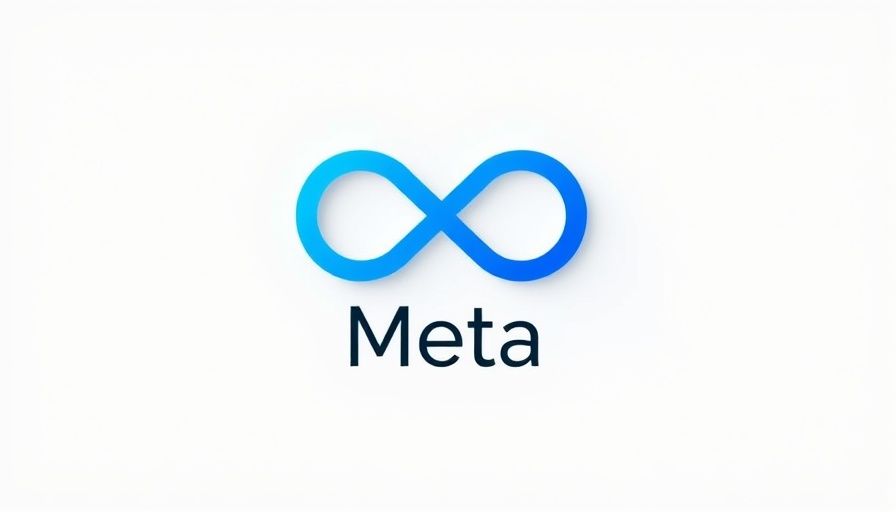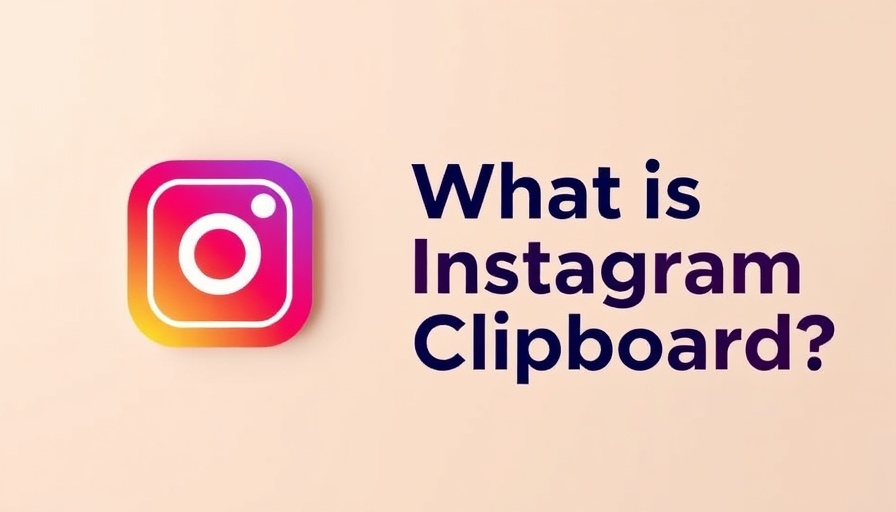
Understanding the Need for Age Verification in Social Media
As social media has become an integral part of daily life, questions surrounding the appropriate age for access have stirred debates worldwide. Various countries are pushing to restrict social media access for users under the age of 16, citing developmental concerns and the need for safer digital environments for children and teenagers. It's not just about putting a number on acceptable age; it's about building a community that keeps younger users secure while navigating their formative years.
Current Age Restriction Proposals: A Global Perspective
Across Europe, nations such as France, Greece, and Denmark are advocating for limits on social media access for individuals under 15 years old, while Spain suggests a minimum age of 16. This proposed age shift may raise eyebrows, but it emphasizes a crucial developmental phase in adolescent growth. With similar moves from Australia and New Zealand to implement similar laws, and Norway proposing its own regulations, geographic differences highlight how varied approaches can result in widespread challenges for tech companies.
The Technical Hurdles: Why Age Verification Is No Easy Feat
The core issue with age verification lies in the lack of a universal technology for platforms to effectively check a user’s age. Currently, platforms like Facebook and Instagram are only required to enforce rules for users 14 and older; thus, expanding this demographic adds a layer of complexity. Many social platforms already employ various methods to verify age, but these methods can be inconsistent and easily bypassed, rendering them ineffective.
Meta's Proposal: Shifting Responsibility for Verification
To tackle these issues, Meta (the parent company of Facebook and Instagram) has floated an idea that would transfer the responsibility of age verification to app stores like Apple and Google. This shift would implement a standardized verification method at download, making it easier for platforms to abide by regional regulations. However, app stores aren't keen on this move—who can blame them? Holding them accountable for fines due to underage access seems to be a strong deterrent. They want to avoid becoming enforcers, which complicates the overall goal of user safety.
Innovative Solutions: Alternative Age-Checking Methods
In light of the current challenges, many companies are exploring alternative age-verification methods. Meta, for instance, is trialing third-party verification via video analysis through Yoti, which estimates users' ages by analyzing their appearances in short videos. Unlike simple text entry that can be manipulated, this method provides a more nuanced understanding of a user’s age while still adhering to privacy regulations.
The Future of Social Media Access and Youth Safety
This regulatory push is not merely about imposing age limits—it's about enhancing the overall safety of youth engagement with technology. Platforms have the power to shape the digital landscape, providing safe and enriching environments. Thus, effective age verification can also pave the way for discussions around education on online safety, encouraging responsible use of technology among young users.
Separating MYTH from FACT: Addressing Age Verification Misconceptions
One common misconception is that age verification will impede children's access to useful resources online. However, the objective isn't to restrict access for educational purposes but to protect young users from potential online harms. It’s crucial to clarify that new regulations aim to create a healthy and balanced online ecosystem for vibrant adolescent development, where kids can safely learn and explore.
The Bigger Picture: Risk Factors and Challenges
While the goal of age verification may seem straightforward, the obstacle lies in execution and surrounding risk factors. Misaligned technology, loopholes in security, and inconsistent regulations across regions pose significant challenges. If companies do not take responsibility, they risk alienating their younger audiences and facing severe regulatory scrutiny. Therefore, addressing these risk factors is paramount to ensuring the viability and integrity of social media platforms designed for youth.
 Add Row
Add Row  Add
Add 




Write A Comment